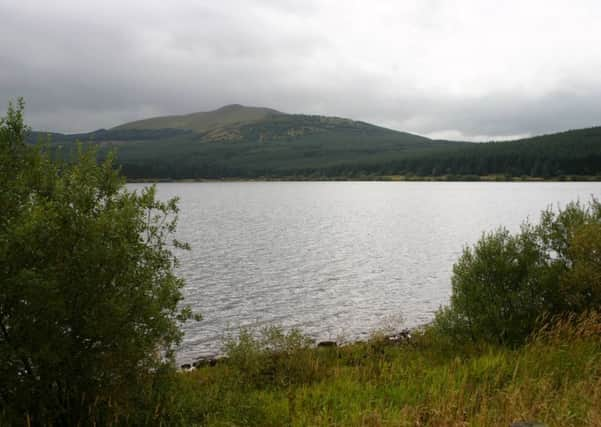Following the history trail along the Carron riverbank


Its five year mission to celebrate and restore the river and engage with young and old in the 16 communities linked by the Carron has been an outstanding success.
Ian Howarth, Christine Bell and their colleagues, along with hundreds of volunteers, deserve all the praise that is coming their way.
Advertisement
Hide AdAdvertisement
Hide AdThe team have initiated a huge range of activities with many of them reflecting history and heritage and in the Carron they certainly have an inspiring canvas on which to work their magic.
The 14 miles from source to mouth have shaped the lives of our ancestors for more than 2000 years.
Over the next couple of weeks I want to follow the river from its source, pausing here and there to recall the great events that have made this stretch of water so significant.
Writing in 1777 the historian of Stirlingshire, William Nimmo, said: “The stream is but small, and scarce deserves the notice of a traveller; yet there is no river in Scotland whose banks have been the stage of so many memorable transactions.”
Advertisement
Hide AdAdvertisement
Hide AdThe river begins its journey near the fringe of the Campsie Fells on the slopes of the Meikle Bin and soon enters the great artificial loch at Carron Valley, opened in 1939 to supply water to the growing Falkirk district.
Over 900 acres of land were flooded to create a reservoir holding 3000 million gallons of water held back by a great dam wall.
Many farms and buildings disappeared beneath the three mile reservoir including the fantastically named ‘Slachristock’ along with the ancient drovers’ paths where tens of thousands of black cattle from the west Highlands were driven to the great tryst markets at Redding and Roughcastle.
The river then runs for a couple of miles eastwards through Strathcarron.
Advertisement
Hide AdAdvertisement
Hide AdThis is the place of legends which tell of the invading Romans facing the local tribes when the Carron ran red with blood for many miles.
Pict, Scot, Briton and Angle fought here through the Dark Ages for supremacy in what was the birth crucible of the Scottish nation.
The river also has links to much later armed struggles.
Just north of the reservoir are the remains of the castle of Sir John de Graeme (inset) who fell beside Wallace at Falkirk in 1298.
Much further downstream a little chapel once stood on the banks of the river near the Hills of Dunipace where Wallace’s uncle was priest.
Advertisement
Hide AdAdvertisement
Hide AdNot far away the Dunipace Steps allowed travellers to ford the river, like the army of Bonnie Prince Charlie in 1746 guided there by the local laird Sir Archibald Primrose, who for his reward lost his head in the aftermath of the failed rising.
As the river descends, it gains power which for centuries drove the corn mills of the local farmers and later a number of woollen mills producing tartans and shawls.
As tastes changed a new activity, paper making, became the staple industry of the twin settlements of Denny and Dunipace on either side of the river.
The soft Carron water and the power of the river brought prosperity to a number of mills of which Carrongrove became the most famous and longest lasting. Sadly it closed its doors in 2005.
Next week I’ll visit several more of CATCA’s linked communities from Larbert to Carronshore including the mighty iron works on the river’s banks at Carron.